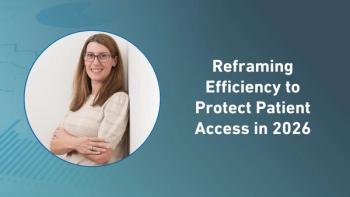
ERT Named Preferred Provider for IVR Administration of Key Quality of Life Assessments
ERT has been named a preferred provider for the administration of the EuroQol Group's EQ-5D patient reported outcome assessment.
ERT, a global solutions provider for patient safety and efficacy endpoint data collection, has been named a preferred provider for the administration of the EuroQol Group’s EQ-5D patient reported outcome (PRO) assessment. Specifically, VIAPhone, ERT’s Interactive Voice Response (IVR) system, has been approved to capture both the EQ-5D-3L and the EQ-5D-5L versions of the quality of life assessment.
The EuroQol Group comprises a network of international, multilingual, multidisciplinary researchers, originally from seven centers in England, Finland, the Netherlands, Norway and Sweden. It is the copyright owner of the scales, which utilizes a three or five level severity scale in the following five dimensions: mobility, self-care, usual activities, pain/discomfort, and anxiety/depression.
Read the full release
Newsletter
Stay current in clinical research with Applied Clinical Trials, providing expert insights, regulatory updates, and practical strategies for successful clinical trial design and execution.




